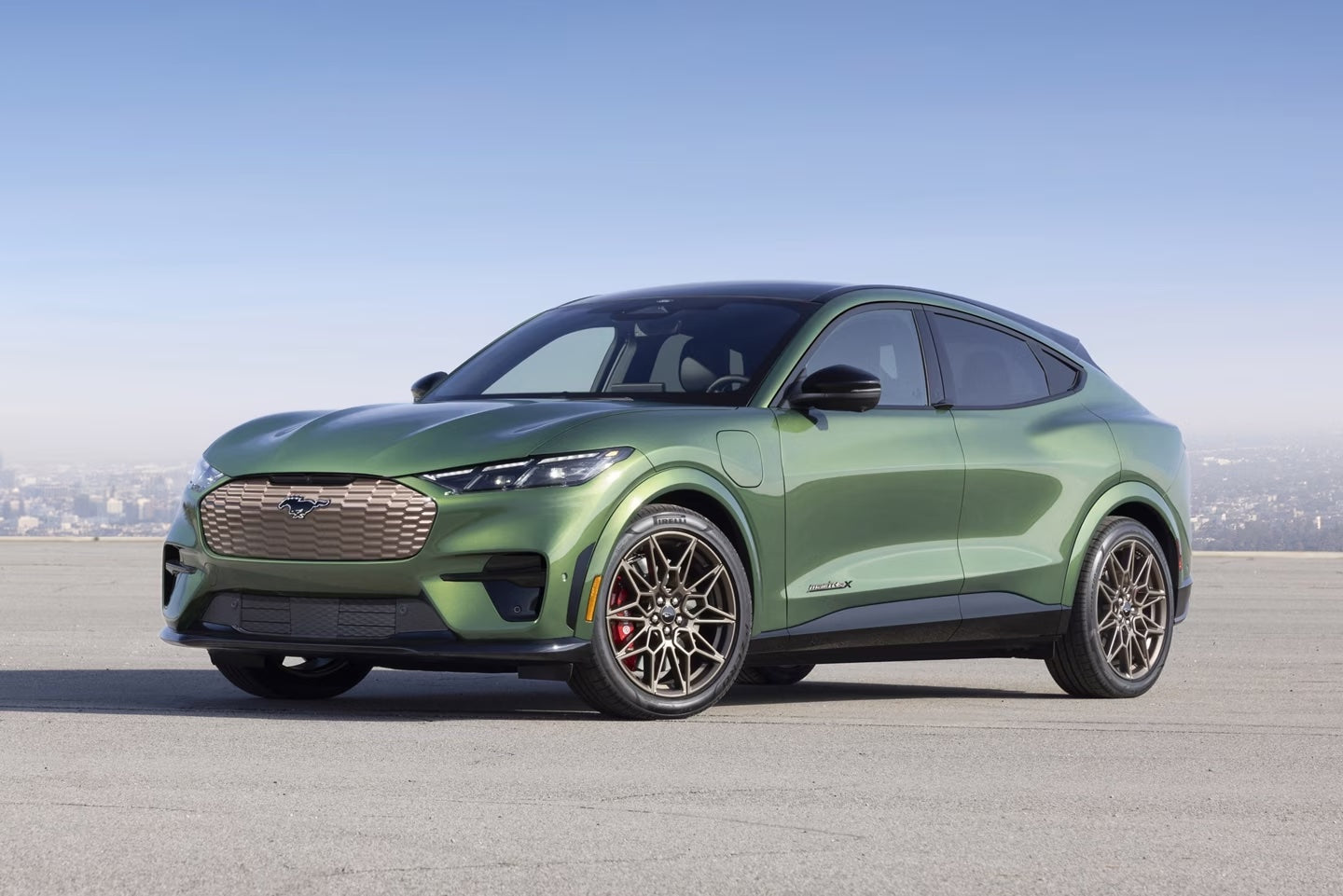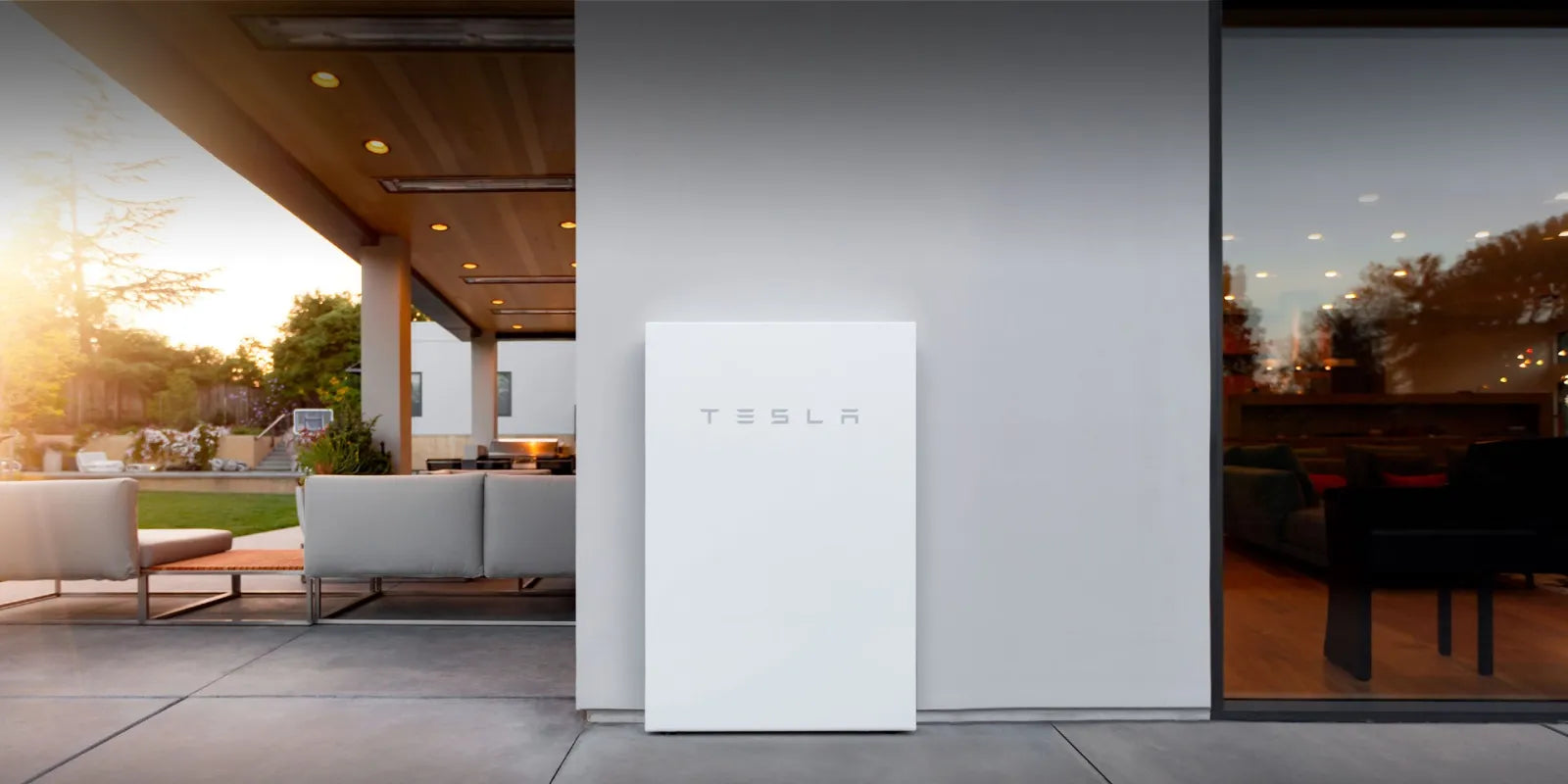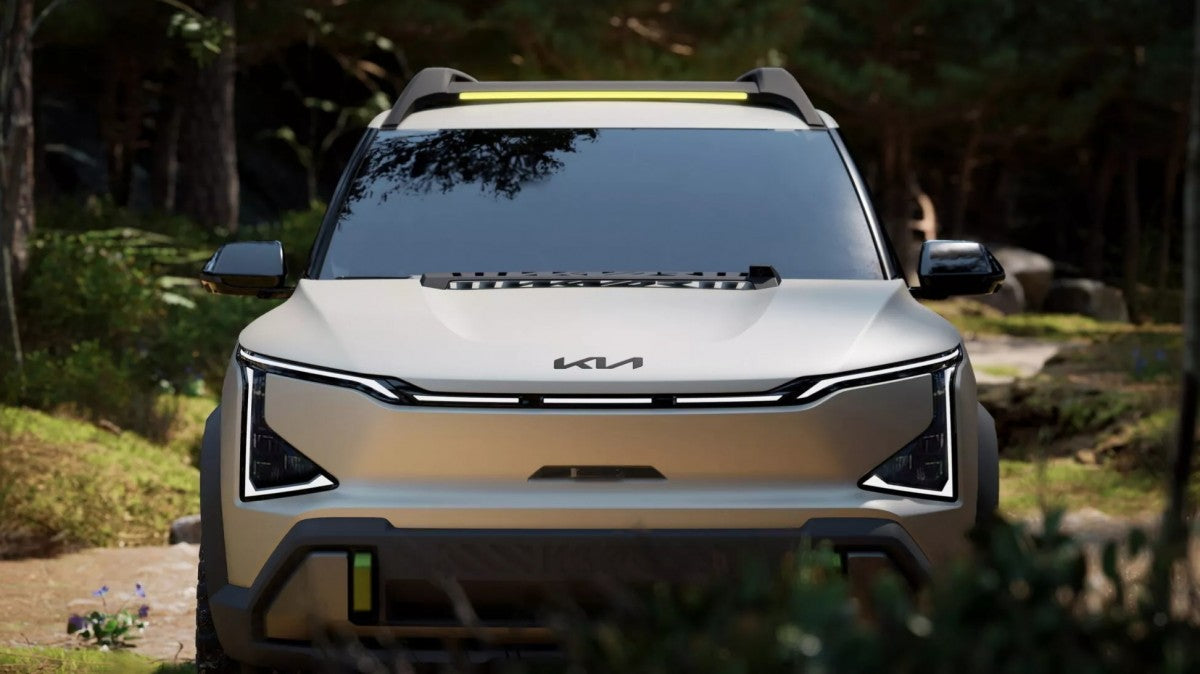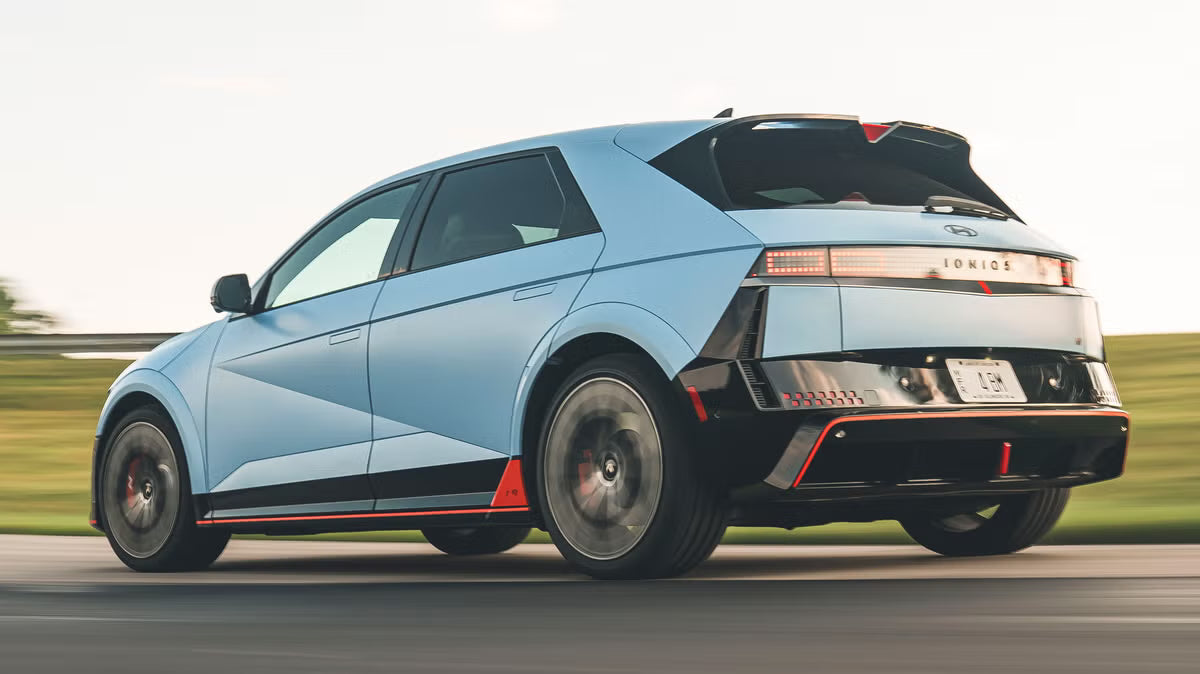Ford-Chef Jim Farley ist dieses Jahr wiederholt nach China gereist, um die Hersteller von Elektrofahrzeugen (EV) des Landes genauer unter die Lupe zu nehmen. Diese beherrschen mittlerweile rund 70 Prozent der weltweiten EV-Produktion.
Auf dem Aspen Ideas Festival beschrieb Farley seine Beobachtungen als „das Demütigste, was ich je gesehen habe“. Er betonte, dass chinesische Elektrofahrzeuge sich durch ihre technologische Integration auszeichnen, mit Funktionen wie automatischer Telefonkopplung, KI-Begleitern, vergleichbar mit ChatGPT, die Navigation und Unterhaltung verwalten, und Gesichtserkennungssystemen, die Medieneinstellungen je nach Sitz des Insassen personalisieren.
Farley betonte: „Die Kosten und die Qualität ihrer Fahrzeuge sind dem, was ich im Westen sehe, weit überlegen. Wir stehen im globalen Wettbewerb mit China, und dabei geht es nicht nur um Elektrofahrzeuge.“
Chinas Produktionsvorteil beruht auf erheblichen Überkapazitäten – mit einer Inlandsnachfrage von 20 Millionen Einheiten, einer Produktionskapazität von 40 Millionen Einheiten –, die große Exporte ohne weitere Werkserweiterungen ermöglichen. Dieser industrielle Maßstab profitiert von staatlicher Unterstützung, die amerikanischen Automobilherstellern nicht zur Verfügung steht.
Die Abhängigkeit von chinesischen Zulieferern stellte Ford vor Herausforderungen. Kürzlich wurde die Produktion drei Wochen lang unterbrochen, da es an Hochleistungsmagneten für Komponenten wie Lautsprecher und Sitzmotoren mangelte. „Ohne China können wir keine Hochleistungsmagnete bekommen“, bemerkte Farley.
Als Reaktion darauf gründete Farley vor drei Jahren in Südkalifornien eine eigene Skunkworks-Anlage, getrennt vom Ford-Hauptbetrieb. Das Team, zu dem auch der ehemalige Tesla-Ingenieur Alan Clarke gehört, will ein äußerst erschwingliches Elektrofahrzeug entwickeln – das sogenannte „Model T unter den Elektrofahrzeugen“.
Inspiriert von Henry Fords Ansatz zur Demokratisierung des V8-Motors im Jahr 1932 experimentiert das Team unabhängig voneinander mit mehreren Designversionen, bevor es erfolgreiche Innovationen in die Massenproduktion integriert.
Farley kritisierte den aktuellen Markt für erschwingliche Elektrofahrzeuge in den USA und erklärte: „Es gibt hier nicht viele. Eigentlich gar keine. Und die, die es gibt, sind quasi Compliance-Fahrzeuge, die darauf ausgelegt sind, durch den Verkauf von Lkws Elektroauto-Gutschriften zu generieren.“
Letztendlich wird Fords Bemühen, erschwingliche Elektrofahrzeuge zu produzieren, die Erfahrungen globaler Wettbewerber zu berücksichtigen und die heimischen Fertigungskapazitäten auszubauen, um hinsichtlich Kosten und Qualität wettbewerbsfähig zu sein.








Aktie:
Warum jetzt der beste Zeitpunkt für den Kauf eines gebrauchten Elektrofahrzeugs sein könnte
Tesla lässt HW3-Besitzer im Ungewissen, nachdem die vollständige Unterstützung für autonomes Fahren aufgegeben wurde